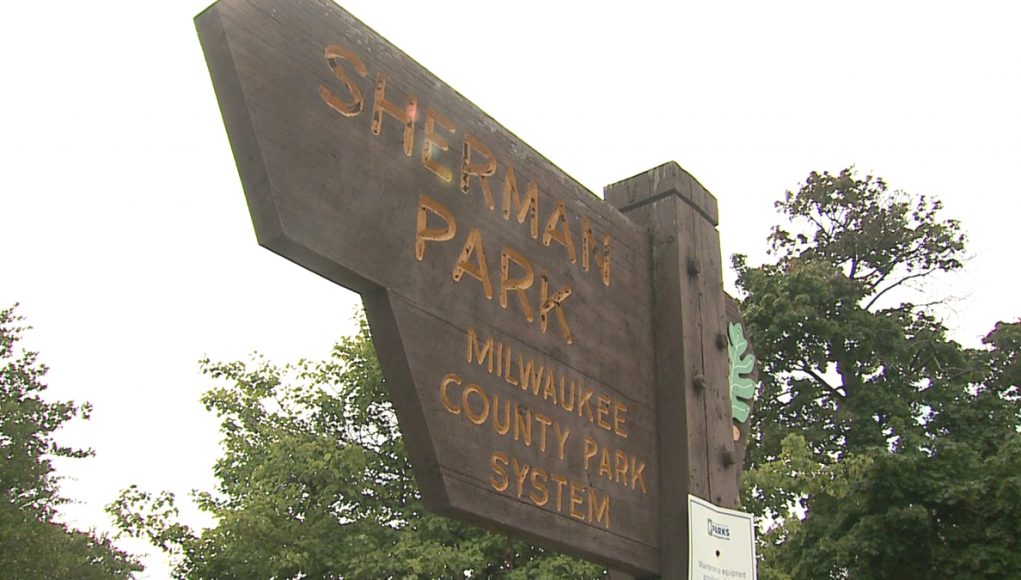Something smells funny.
It smells like a shady, one-dollar-bill home sale, and the stench of fiscal irresponsibility is coming straight from City Hall.
You know the back story. Last summer, people from all over the city converged on Sherman Park after Milwaukee police officer Dominique Heaggan-Brown shot and killed Sylville Smith. The issue was community-police relations.
Milwaukee’s solution is dollar houses to developers, not the people.
Will it put people like Sylville Smith’s family into a rehabilitated home?
Nope.
Will it help families who have endured decades of disparities?
Nope.
Will it address the underlying issues that exacerbate racial disparities in Milwaukee?
Nope.
Will it build capacity for non-profit community-based organizations?
Nope.
The city is pulling a fast one. Unlike President Obama’s American Recovery and Reinvestment dollars, which required government maintain its previously planned spending, the Governor failed to prevent the state from being duped into paying for a previously planned program. Fixing a roof doesn’t magically create economic wealth for the family living under it, nor the community upon which it’s in.
I was one of the first to stand alongside Governor Walker as he announced $4.5 million headed to the city to address the city’s racial disparities even though it was a drop in the bucket compared to the funding that we needed. I was also one of the first to warn of the pitfalls of being tricked into spending the money according to the city’s plan. Now, I’m among the first to call for an immediate freeze to the agreement between the city and the state. Here’s how to make the deal better:
1) Taxpayer dollars shouldn’t be spent on projects the city was going to do anyways. Just like the American Recovery and Reinvestment Act, I advocated for a maintenance of effort requirement to ensure we are providing new solutions to the crisis, not just helping the City offset a plan they were already going to fund anyways.
2) Targeted city-wide mapping. A failure to use targeting city-wide mapping says to me that this project is more optics than solutions.
3) The issue was over community policing. Where is the solution to turn a foreclosed home into a COP House like they did in Racine? Or any other community-based house solutions to help address other social issues?
4) Residency Requirement. Why is there a residency requirement for worker training refunds but none for developers? The answer is simple. This plan is more about the optics and not solutions. It sure is not about creating economic wealth amongst residents who are bearing the burden that living in Milwaukee brings today.
5) Lead abatement. The Wisconsin Department of Natural Resources is providing hundreds of thousands of dollars to Milwaukee to get the lead out. Yet, this plan has no lead abatement requirements to ensure lead faucets, lead pipes, lead paint, lead soil nor lead laterals are removed from the properties. This would be a great training ground for skills, jobs and businesses to teach workers to help Milwaukee get the lead out and improve health outcomes.
6) Eliminate the subjective discrimination against ex-offenders. Milwaukee either is or competes to be the most segregated city in America. One of the leading factors in that is that our city has created an environment that leads Wisconsin to have the highest incarceration rate of African American men in the nation. I believe it is irresponsible and borderline immoral for the city to even consider telling the 3,000 – 6,000 individuals who return to society each year that we are going to shut the door of economic wealth to them.
7) Do not create a scoring system that prioritizes wealthy developers over individuals or community-based organizations. With the amount of social ills that exist, the city clearly needs help. Organizations and individuals committed to helping rebuild our neighborhoods should move to the front of the line and dollars should not be given for the redevelopment of the property, but toward effective commitment to changing outcomes. This should be a reinvestment model, not a more-of-the-same model.
It is fiscally irresponsible to release this money under a plan that does not maximize state dollars to build wealth, grow nonprofit and community organizational capacity, reduce the strain on social service providers, increase business development, increase worker training and promote the city’s bottom line.




























